If you too think that route optimization is just about planning the most efficient route for your delivery drivers—then, like most, you’ve not tapped into the full potential of route optimization algorithms.
Planning the shortest route possible with route optimization is just the tip of the iceberg.
Among many things, food delivery route optimization can improve efficiency in terms of both time and cost.
It can boost customer satisfaction, even analyze drivers’ behaviour on the road, and help implement safety measures.
In this blog, we’ll explore the complete benefits of food delivery route optimization and how you can make it a part of your day-to-day operations.
What is Route Optimization?
Route optimization, particularly within the context of modern food delivery, is the process of planning the most efficient delivery routes. This is done by leveraging real-time data and road updates.
However, route optimization goes beyond simply finding the shortest path.
It’s a comprehensive approach considering various factors to ensure timely deliveries, maximize driver productivity, and minimize operational costs.
Route optimization also dynamically allocates orders based on driver location and availability. Some more advanced route optimization systems also consider vehicle and road factors, such as vehicle capacity, driving mode (bike or van), road conditions, weather impacts, and delivery zones.
The ultimate goal of considering these factors is to achieve faster deliveries, reduce operational costs through optimized resource utilization, and foster a sustainable, satisfied workforce.
Advanced food delivery route optimization empowers on-demand food delivery businesses to enhance service quality, reduce costs, and remain competitive in the dynamic market.
If you’re still wondering if route optimization is right for you, continue reading.
Why Do You Need Route Optimization for Food Delivery?
As we already know, the online food delivery landscape has dramatically changed.
Digital ordering and delivery are expanding three times faster than dine-in traffic, and today’s customers expect fast, reliable deliveries without compromising quality or service.
This surge in demand has intensified competition, making efficient delivery operations necessary.
For food delivery businesses to thrive, embracing technology, particularly route optimization, is no longer optional—it’s essential.
1. A New Standard in Food Delivery
The widespread accessibility of online ordering mobile apps has established a new standard of speed, convenience, and transparency.
Customers expect seamless service from the second they tap on your online food delivery app.
This necessitates highly optimized food delivery platforms focused on providing a smooth and reliable customer experience.
To make matters more competitive, the food delivery market has grown rapidly. Most online delivery apps offer food delivery services in under 30 minutes.
This accelerated pace further highlights the critical role of route optimization in staying competitive and meeting the industry benchmark.
2. Growing Consumer Demands
Today, consumers expect more than just a meal—they demand a seamless and efficient delivery experience.
Speed and time efficiency are crucial because a late delivery can directly lead to frustration, negative reviews, and ultimately, lost business.
Therefore, optimizing the delivery process is crucial for maintaining a competitive edge.
Advanced route optimization systems play a vital role in meeting these growing consumer demands. Route optimization systems can provide remarkably accurate delivery time predictions by integrating real-time locations and traffic data.
Customers who appreciate knowing when to expect their order highly value this transparency. However, accurate ETAs are just the beginning.
These sophisticated route optimization systems go beyond simply calculating the fastest route.
They consider a multitude of factors to provide the best, practical delivery timeframe, taking into account the realities of food preparation and delivery logistics.
3. Reducing Overheads
The business of online food delivery is competitive. In this market, reducing overheads is the best way to strengthen your profit margins.
And without a doubt, route optimization can help you achieve this. It can streamline resource utilization and improve overall efficiency.
As we said before, it goes beyond simply finding the shortest route; it’s about strategically managing all the elements involved in the delivery process.
For instance, using route optimization, your drivers will take shorter, more efficient routes. This directly translates to lower fuel costs for the business.
By streamlining routes and minimizing delays, route optimization also reduces the overall time spent on deliveries. This can translate to lower labor costs, as fewer driver hours are needed to complete the same number of deliveries.
Benefits of Route Optimization for Your Food Delivery App
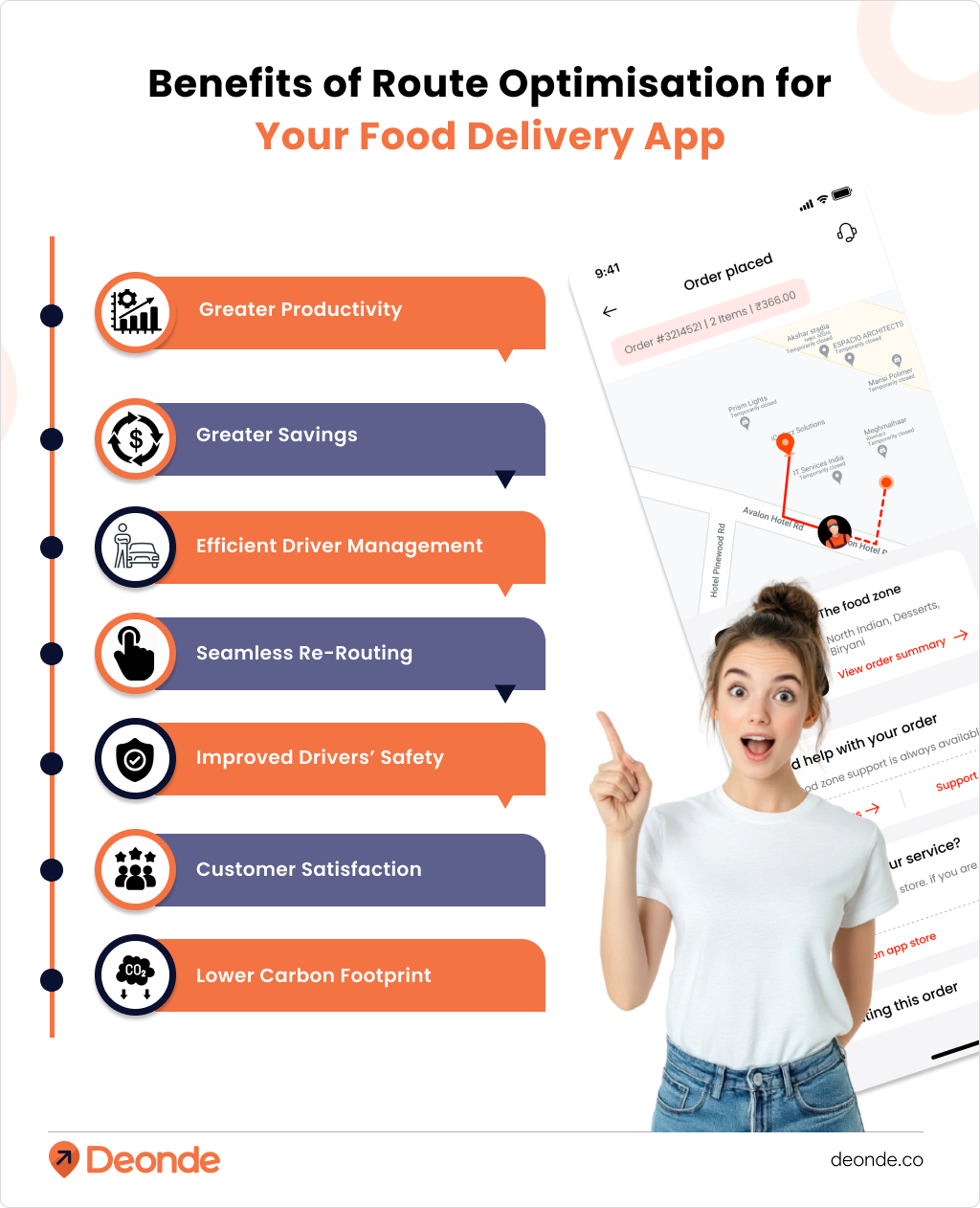
Now, let’s look at the financial and organizational impact a food delivery route optimization system can have.
Greater Productivity
One of the most significant benefits of using route optimization is that it allows employees to get more work done in less time and with fewer resources.
But how exactly does that happen?
Efficient route planning reduces the distance and time needed for each delivery. Meaning, food delivery businesses can complete more deliveries in a day and cut costs of transportation.
Naturally, this leads to companies growing quickly and becoming more profitable.
Greater Savings
The most obvious way food delivery routing software can help you save on operational costs is by reducing money spent on fuel consumption—-all thanks to time-efficient routing.
That’s not all. By analyzing factors such as vehicle and load volume, route optimization can help maximize vehicle and resource utility. Thereby reducing the need for additional resources like more vehicles or delivery partners.
Capacity utilization can also decrease travel time, thus reducing maintenance costs since the vehicles won’t be worn out during inefficient trips.
Efficient Driver Management
Building effective routes isn’t enough, especially if your company works with numerous delivery partners.
Route optimization also allows restaurant managers to monitor whether the drivers follow the routes and schedules the system has planned for them.
Subsequently, this gives insights into the efficiency and productivity of the delivery drivers.
Seamless Re-Routing
One of the major benefits of route optimization algorithms is that they enable easy re-routing.
Thanks to real-time access to various data sources on the factors affecting the route, drivers can receive helpful notes and even renewed routes in case of traffic, unexpected weather conditions, customers’ changing schedules, etc.
On top of that, GPS-based solutions can also check new routes in real-time, make sure they are safe to drive through and alert the dispatchers about the changes.
Improved Drivers’ Safety
Route optimization algorithms can also be used to make sure the transportation process complies with road safety regulations.
For instance, restaurant vendors can measure that drivers don’t exceed the maximum permissible driving hours without a break, follow their speed limits, monitor any traffic law violations, and inform drivers of any dangers on the road.
As a result, this helps drivers avoid collisions and other accidents and therefore, saves money on possible delivery delays, additional car repair expenses, and legal costs in case of accidents.
Customer Satisfaction
When it comes to delivery services, meeting deadlines is what leads to good customer reviews.
Integrating route optimization into delivery and transportation workflows helps stick to the ETAs, quickly handle emergencies, and avoid delays or failed deliveries.
Another thing to keep in mind is that each year, customers’ expectations grow higher and higher, with services like same-day and same-hour delivery becoming more common.
Hence, optimising your food delivery routes can help you meet these expectations, stay competitive, and increase brand loyalty.
Lower Carbon Footprint
By optimising routes, restaurants, and on-demand food delivery businesses can reduce their carbon emissions.
Even though it feels like a small start, constantly driving on optimized routes can reduce fuel consumption and lower greenhouse gas emissions.
Implementing route optimization demonstrates a commitment to sustainable business practices. This can enhance your business’s reputation and appeal to environmentally conscious consumers.
Implement Food Delivery Route Optimization with Deonde!
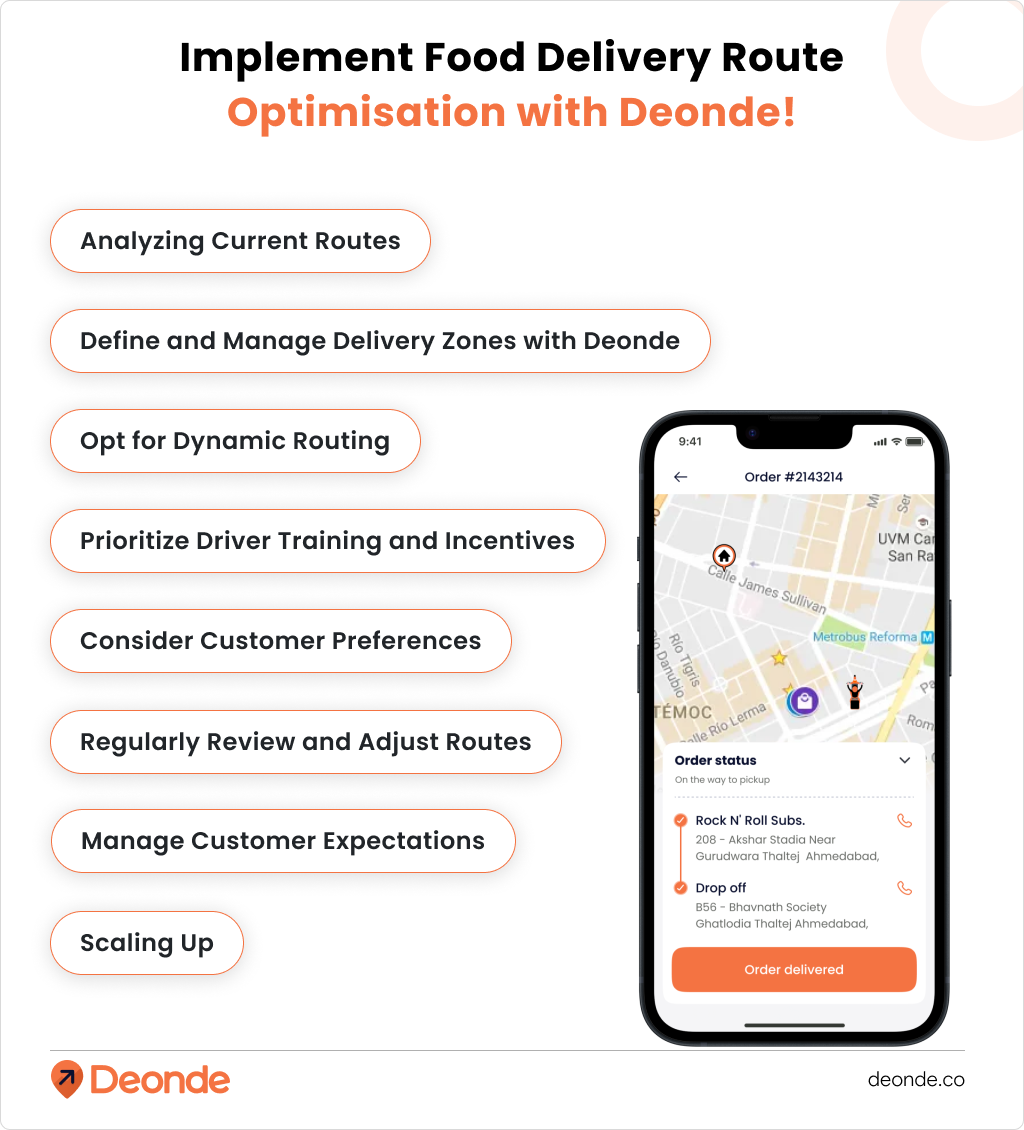
Optimizing food delivery routes is crucial for efficiency and profitability. Here’s a breakdown of the process:
1. Analyzing Current Routes
Start by thoroughly analyzing your existing food delivery operations.
Deonde‘s built-in analytics dashboard provides detailed insights into key metrics, including total travel distance and time, number of stops, time per delivery, and fuel consumption.
Leverage this data to pinpoint areas for improvement and understand current inefficiencies.
2. Define and Manage Delivery Zones with Deonde
Deonde’s zone management system is a cornerstone of efficient routing.
Define your delivery zones strategically, considering factors like distance, geographical boundaries, population density, order volume, and traffic patterns.
Deonde allows you to set specific parameters for each zone, such as minimum order values and delivery fees, enabling granular control over your service area.
This zoning approach is the foundation for optimized routing within and across delivery zones.
3. Opt for Dynamic Routing
Static routing involves fixed routes that do not change day-to-day.
On the other hand, dynamic routing adapts to daily conditions such as order volumes, traffic patterns, and customer availability. This flexibility can lead to significant time and cost savings by adjusting to real-time conditions.
4. Prioritize Driver Training and Incentives
Efficient routes are only as good as the drivers who navigate them.
Hence, train drivers through Deonde’s driver management tools and track performance indicators for targeted training.
Incentivize efficient driving habits within their assigned zones, such as adherence to prescribed routes and timely deliveries.
5. Consider Customer Preferences
Deonde allows you to collect and manage customer preferences, including preferred delivery times and delivery windows.
This information is crucial for route optimization. Integrate this data into your route planning process to ensure deliveries are made within customer-specified timeframes, improving satisfaction and reducing failed deliveries.
6. Regularly Review and Adjust Routes
Route optimization is an ongoing process.
Hence, Deonde’s reports should be utilized to review route performance regularly.
Analyze data on delivery times, fuel consumption, and customer feedback to identify areas for improvement. Look for trends or recurring issues that may necessitate route adjustments or zone modifications within Deonde.
7. Manage Customer Expectations
Deonde’s communication tools, such as in-app chatting, calling, and push notifications, can keep customers informed about delivery times and potential delays.
Proactive communication manages customer expectations and enhances satisfaction. Real-time updates through Deonde can further improve transparency.
8. Scaling Up
As your business grows, your delivery operations will need to scale. Deonde’s platform is designed to handle growth. Its zone management system allows you to add new zones and adjust existing ones as your service area expands.
By leveraging Deonde’s features and integrating with route planning software, you can future-proof your delivery operations and ensure continued efficiency and profitability.
AI & Food Delivery Route Optimization:
Looking ahead, the future of food delivery route optimization seems bright, with technology evolving rapidly to offer even more advanced features.
Beyond simply reacting to current conditions, AI is enabling predictive route planning.
Advanced AI algorithms can analyze vast datasets, including:
- historical delivery data,
- real-time traffic patterns,
- weather forecasts,
- local public events,
- and even social media trends,
to anticipate future demand and optimize routes proactively.
This predictive capability allows more efficient dispatching of drivers and vehicles, preventing bottlenecks and ensuring that resources are strategically positioned to meet anticipated demand.
For example, AI algorithms can predict a surge in orders during a sporting event and pre-position drivers in the vicinity of the stadium to handle the influx efficiently.
Ready to Optimize your Food Delivery Routes?
Are slow deliveries, rising logistics costs, and unhappy customers impacting your bottom line? Then we urge you to consider Deonde’s complete solution for food delivery businesses:
With Deonde, you can do:
Intelligent Zone Management: Define and manage your delivery areas with ease, optimizing for efficiency and profitability.
Advanced Route Optimization: Plan the fastest and most cost-effective routes, considering real-time traffic, driver availability, and customer preferences.
Real-Time Tracking and Analytics: Monitor your deliveries in real time, track key metrics, and gain valuable insights into your operations.
Want to take your food delivery business to the next level?
Deonde combines powerful zone management with cutting-edge route optimization to help you achieve faster deliveries. Explore our solutions to see how Deonde can help you grow!
Conclusion
In today’s fiercely competitive food delivery landscape, route optimization isn’t just a nice-to-have—it’s a necessity.
As we’ve explored, it’s far more than finding the shortest path.
It’s a holistic approach that leverages real-time data, predictive analytics, and intelligent zone management to streamline operations, reduce costs, enhance customer satisfaction, and drive profitability.
From optimizing driver schedules and vehicle utilization to adapting to dynamic conditions and even reducing your carbon footprint, route optimization offers a range of benefits to restaurant owners.
By embracing technology like Deonde’s SaaS-based on-demand food delivery platform, you can gain a significant competitive edge and position yourself for sustainable growth.
Route optimization solutions are no longer something reserved for big enterprises only: any restaurant business, big or small, can benefit from it.
The numbers alone are proof: according to Straits Research, the delivery route optimization software market size is expected to reach USD 12.41 billion by 2030, growing at a CAGR of 11.56%.
Hence, it’s clear that integrating route optimization into your day-to-day operations is definitely worth it.
FAQ’s
What is Route Optimization?
Route optimization is the process of planning the most efficient delivery routes by considering various factors like distance, traffic, driver availability, delivery windows, and more.
It benefits on-demand food delivery businesses by reducing delivery times, lowering fuel costs, improving driver productivity, enhancing customer satisfaction, and minimizing environmental impact.
How does Deonde’s Zone Management System Contribute to Route Optimization?
Deonde’s zone management system allows you to divide your delivery service areas into smaller, manageable zones.
This enables better resource allocation, faster deliveries within specific zones, and more accurate delivery time estimates.
It also allows you to set specific parameters for each zone, such as minimum order values and delivery fees.
What is the Difference between Static and Dynamic Routing?
Static routing uses fixed routes that don’t change, while dynamic routing adapts to real-time conditions like traffic, order volume, and driver availability. Dynamic routing is generally more efficient and cost-effective.
How can I Ensure my Drivers Follow the Optimized Routes?
Driver training and incentives are crucial for route optimization. Train your drivers to effectively use Deonde’s driver app to follow directions and planned routes. Deonde’s driver management tools can help with tracking and performance monitoring.

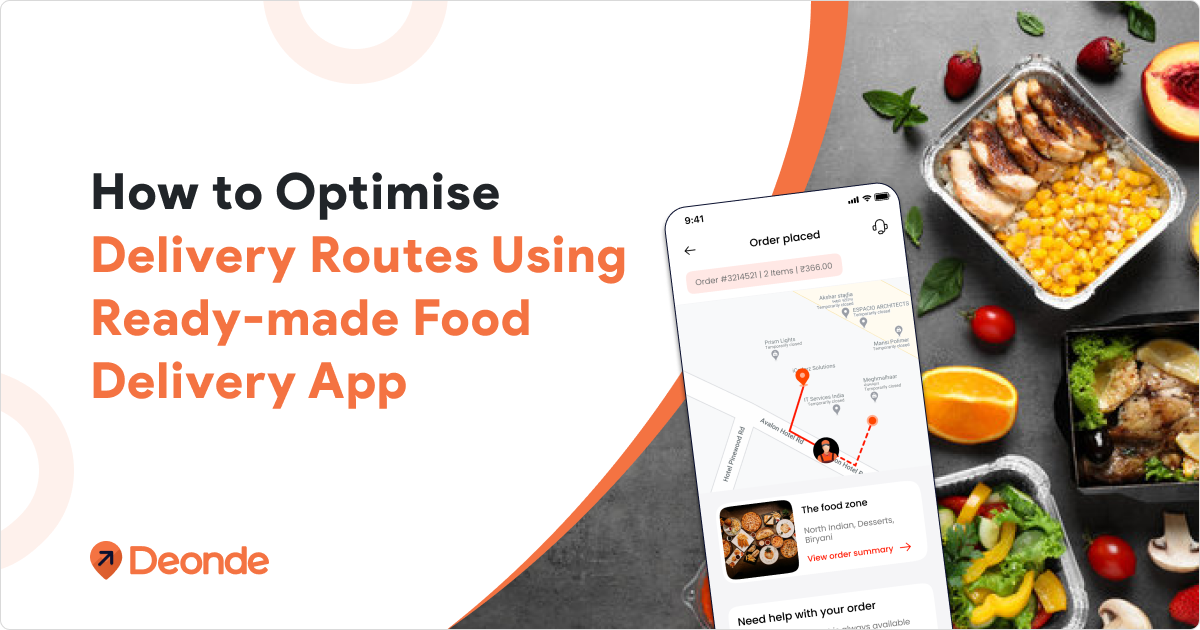


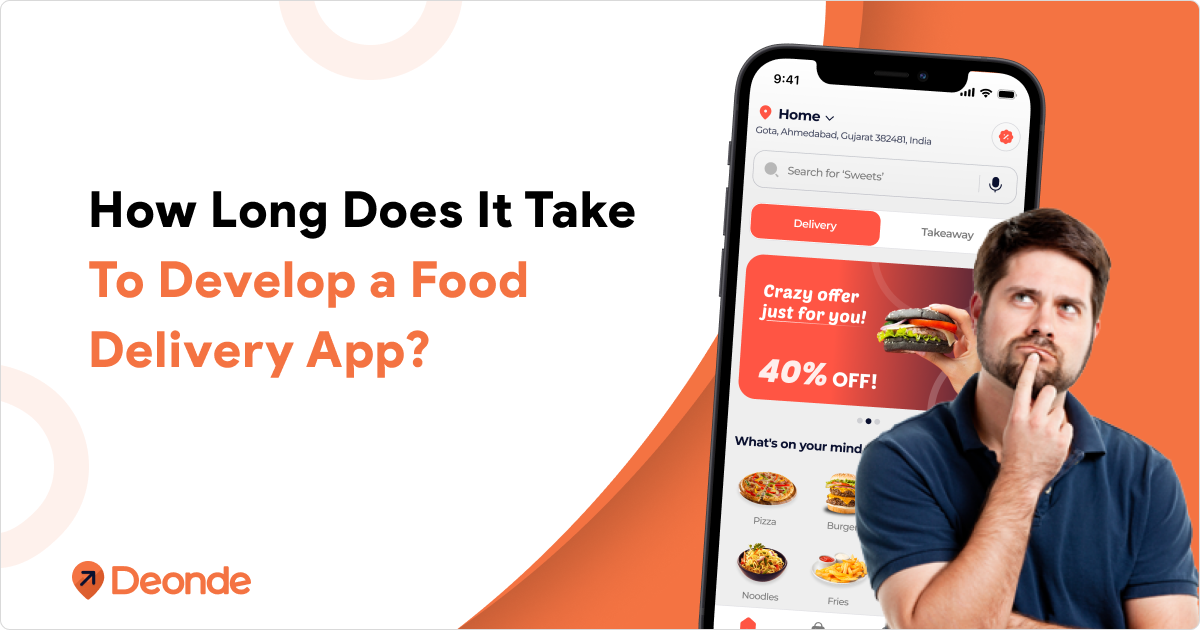
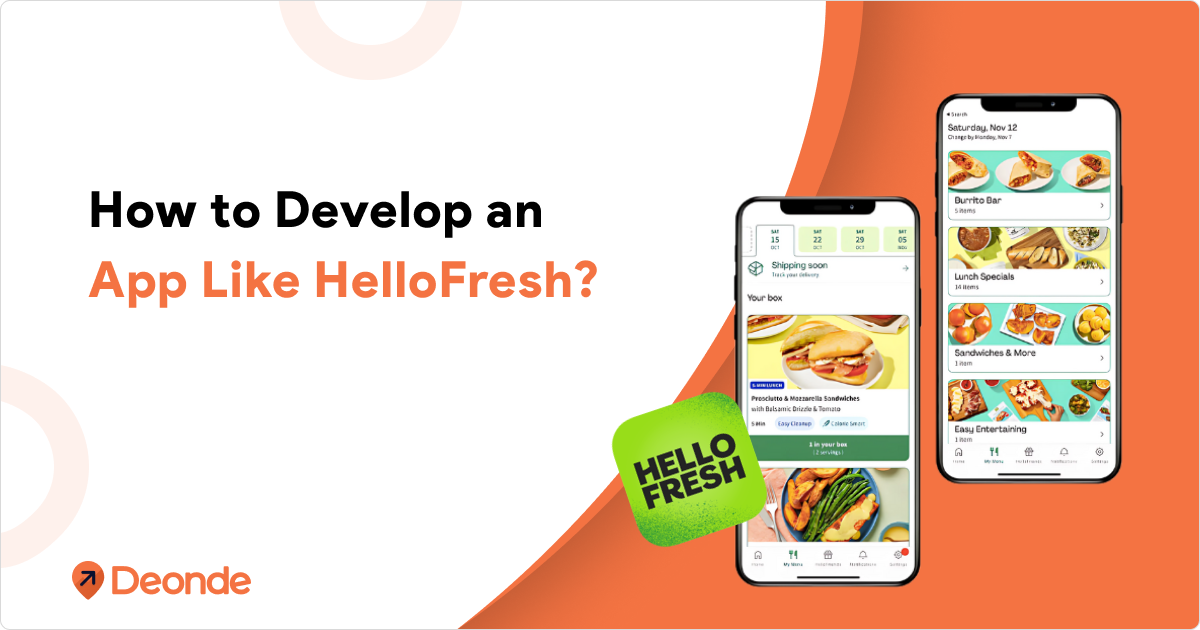
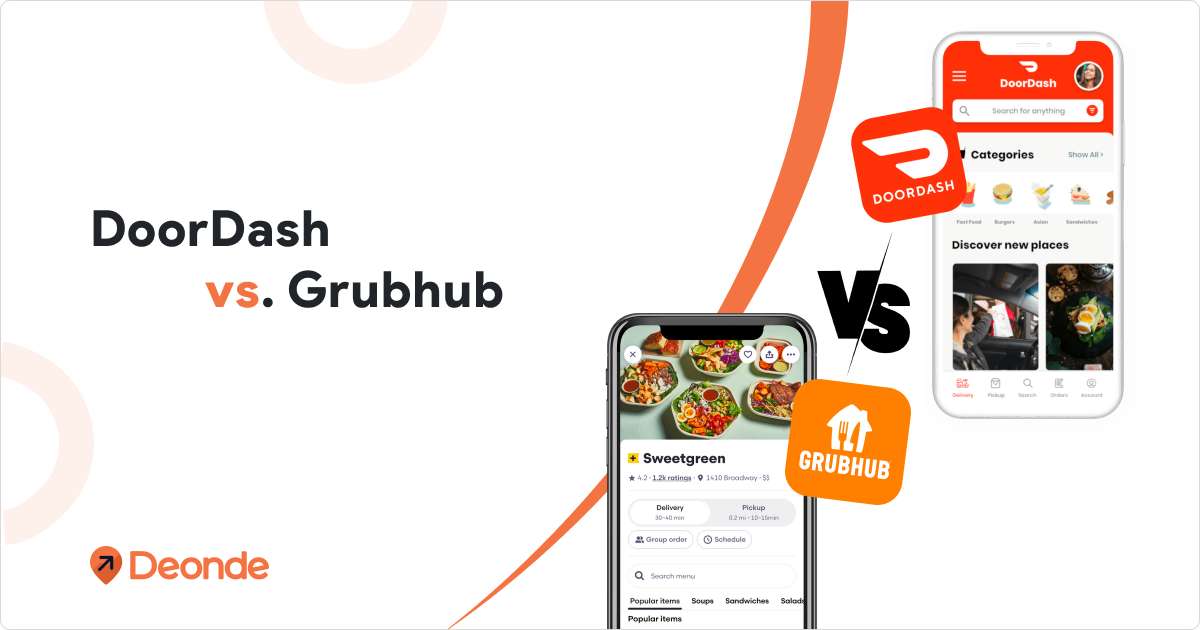
Great insights on route optimization! One thing to consider is how real-time traffic data can improve delivery time predictions, making routes even more efficient. It’d be interesting to see how this could be integrated into current systems.
Great overview of route optimization! It’s interesting how the combination of real-time tracking, driver management, and third-party integrations can really transform food delivery. It makes me wonder how these technologies will evolve in the coming years—will AI play a bigger role in driver allocation?